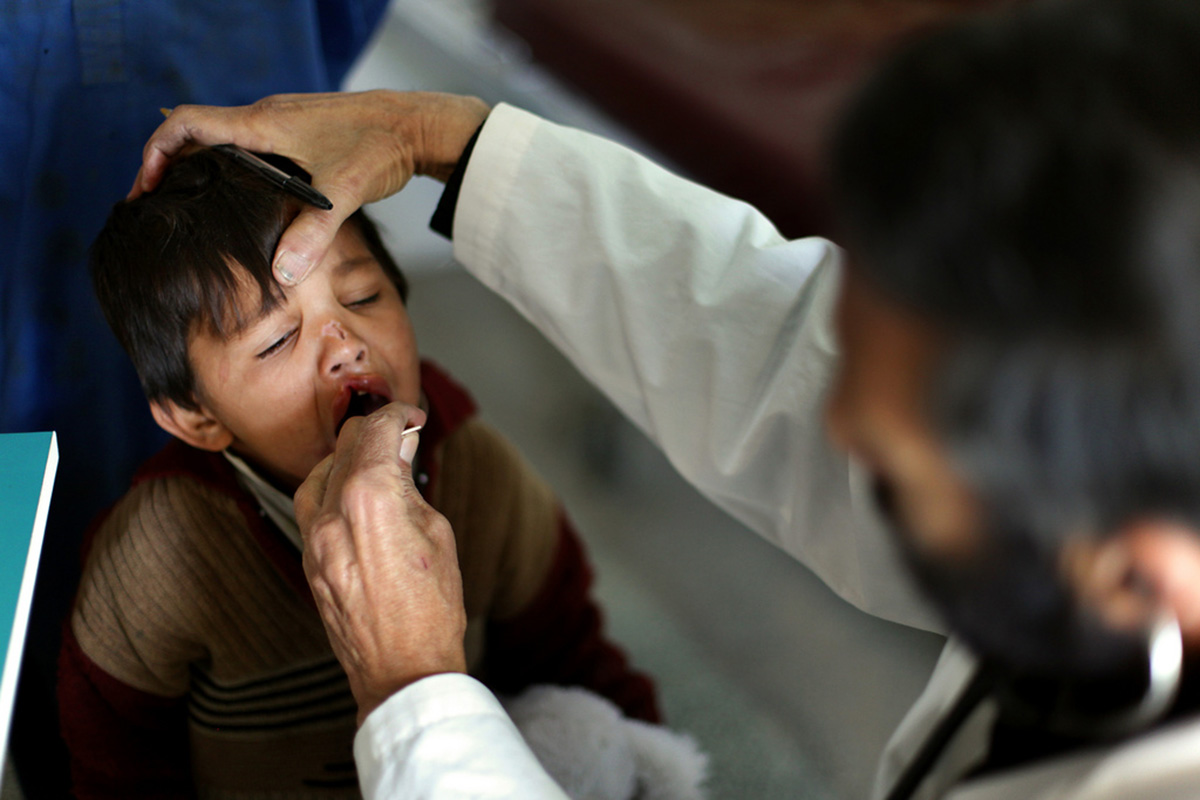Table of Contents
Common Complications
The severity and the extent of the problems associated with cleft lip and palate depend upon the initial defect, however, there are some things that can be expected.
An open communication between the mouth, nasal floor, and the ear means that the likelihood of development of middle ear infections is much higher. This can lead to deafness in some cases. It has also been found that the middle ear is sometimes not correctly formed in people suffering from a cleft palate.
Keep in mind that the development of speech is also linked to the recognition of sound, and thus, if the hearing is compromised, speech also does not develop in a normal manner.

Breastfeeding a child with cleft lip and palate can also be a difficult proposition since the child is unable to form a proper seal and create suction. Even bottle feeding the child has to be done in an upright position so that the milk does not flow out of the nostrils. Certain attachments are available that will help the child bottle feed by blocking out the cleft opening.
An increase in the amount of psychosocial problems like low self-confidence, poor self-esteem, and other personality disorders are also more likely to develop in people who had this condition.
Treatment
A combination of surgical correction followed up with other speech therapy, Dental treatment, and possible psychological therapy has shown to provide a perfectly normal life to affected individuals. The surgery is carried out after the child is of at least 10 weeks, weighs 10 pounds and has 10 grams of hemoglobin. This "rule of 10" was devised by Wilhelmmeson, one of the pioneers in the field of cleft surgery.
The intention of the surgery is to leave behind as small a scar as possible while correcting the entire defect. In some cases, if the defect is too large, then the complete procedure might need to be carried out in stages over a period of months.
The use of palatal obturators is something that is done where the patient does not want to get surgical correction done or is medically unfit to do so. In adults, who did not have the facilities available to get the treatment at the right time, this is something that will help improve their quality of life.
READ Oral Hygiene: Dental Care Mistakes You Could Be Making
The occlusion of the children affected by cleft lip and cleft palate is almost always compromised. The tooth buds are formed improperly and found in positions that are not conducive for them to develop into a natural condition. This leads to poor oral hygiene, cosmetic and functional insufficiency and speech defects. This may require orthodontic correction, strategic extractions, and veneers to correct as best as possible. Parents should be aware that the child may need further surgeries down the line as the palate does not always develop at the same rate as the rest of the face.
Conclusion
There are plenty of foundations all over the world which provide dedicated and comprehensive treatment to people suffering from cleft lip and palate. Some of these also provide free treatment to people in economically backward areas. Understanding the problem for what it is and seeking appropriate treatment will mean that affected children can lead normal and fulfilling lives.
- http://www.cdc.gov/ncbddd/birthdefects/cleftlip.html, https://en.wikipedia.org/wiki/Cleft_lip_and_palate
- www.nhs.uk/conditions/Cleft-lip-and-palate/pages/Introduction.aspx
- Photo courtesy of isafmedia: www.flickr.com/photos/isafmedia/4214540241/
- Photo courtesy of isafmedia: www.flickr.com/photos/isafmedia/4215302988/
- Photo courtesy of isafmedia: www.flickr.com/photos/isafmedia/4214540241/


Your thoughts on this